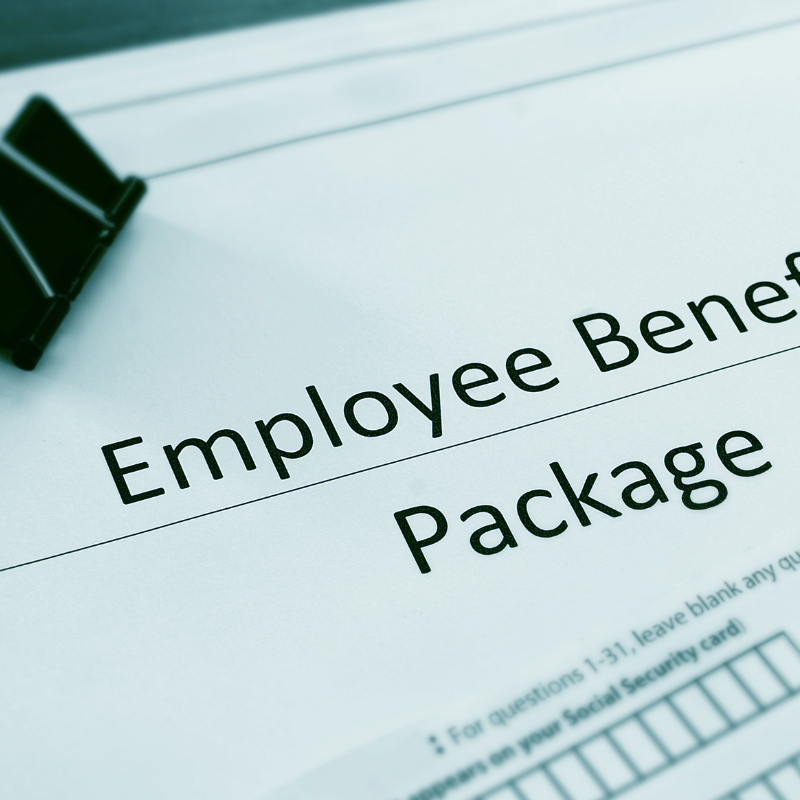Our health insurance expert, Erika Buck, answers the question: “Is it time to go self-funded with your group benefits?
I work with a lot of small employers to help them with their employee benefits needs. Over the past few years, Self-Funded Health Insurance plans have really taken off. But they can be confusing and a little scary for employers to jump into. I’m here to help!

What are self-funded group benefits?
Many people are familiar with the Affordable Care Act and how it’s dramatically changed the landscape of health insurance as we know it today. Small group ACA plans are rated (priced) according to each individual employee’s (and their dependents) age and sometimes tobacco use. The plans do not underwrite (ask health history questions) and once you give the insurance carrier your policy premium (payment), it’s gone forever… The insurance company expects that you won’t use more than what you pay in premiums – and keep the remainder.I
Self-funded plans, on the other hand, are priced based on a variety of factors. Because they calculate a policy premium that will actually be used to pay claims, they underwrite to make sure they collect enough premium to put into a “claim fund” to pay for medical costs and adequately cover the risk.
Now, this is where some employers get scared. They want to know what happens if they have claims amounts that exceed their claims fund. But – not to worry, your premium dollars are going into other categories as well!
After the carrier determines your monthly premium cost, you’ll be provided with a breakdown of what is actually happening with those dollars:
The First Part: Claims Fund. These dollars are used to pay your group’s insurance claims.
The Second Part: Administrative Costs. These dollars get used to pay for processing of enrollments, changes and to process the actual claims.
The Third Part: Stop-Loss Insurance Policy. If your claims fund gets exceeded, this policy steps in and picks up the remainder of the claim.
Because of this setup, there is little to no potential for a claim to end up as the employer’s responsibility. Note: there is a very remote possibility this could still happen if an employee fails to file a claim within 9-15 months after your plan year ends. But, I can help you work through this.
As I mentioned above, with fully insured plans, once you pay your premium, it’s gone. With Self-Funded plans, you actually have a refund potential. Depending on the type of policy you choose, you may receive 50-100% of the money left in your claims fund after your plan year ends. This can then be used to lower your health insurance cost for the next year!

As you can see, if you have a couple of really healthy years, you’ll be able to keep costs down significantly for you and your employees.
So if you’ve been thinking about offering group health insurance to your employees, give me a call. I’ll review all of the options with you to help you make the best choice – whether a “fully-funded” plan or a “self-funded” option.

A little more about Blue Marsh Insurance…
When he founded Blue Marsh, Tom Davenport wanted to create a different kind of insurance company. One that’s built on personal relationships and a local presence. One where you, the customer, feel more like a friend.
As an independent insurance agency, Blue Marsh Insurance represents a carefully selected group of financially strong, reputable insurance companies. Therefore, we are able to offer you the best coverage at the most competitive price.
If you’re interested in starting a quote online or having us take a look at your current policies, click here!
